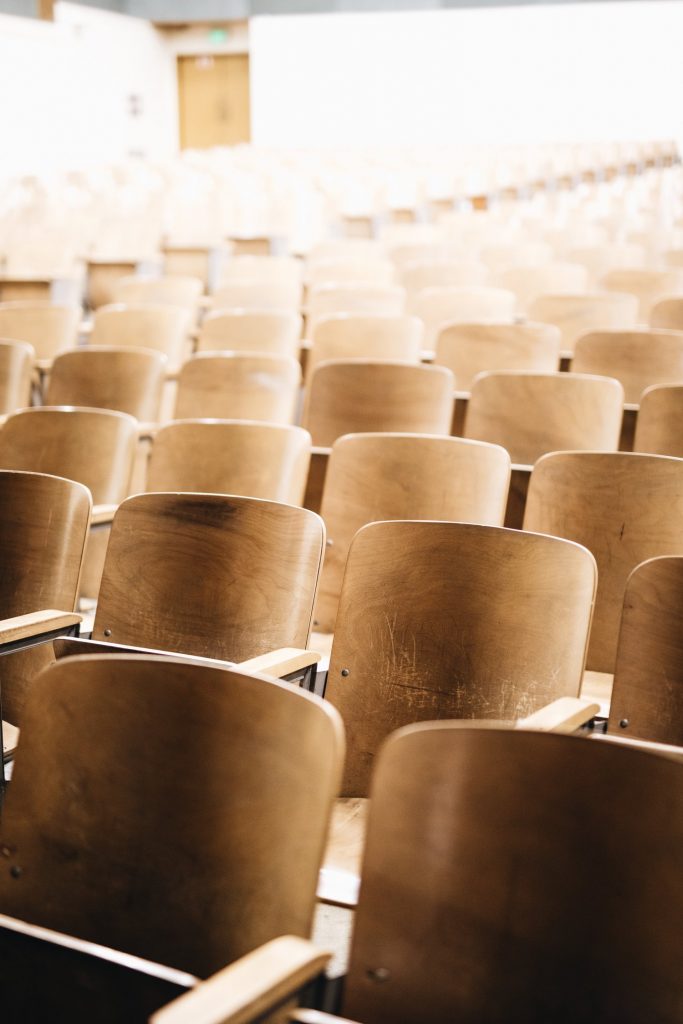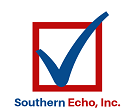
Rachel Mayes, Southern Echo and Winsome Waite, The Opportunity Institute
As some, not all, of the country begin to claw back to some sense of normalcy in the wake of the worst of COVID-19, it bears remembering that racial inequality in our country is not new. It just “raised its head” more blatantly during this pandemic. Racial disparity is perpetuated through a caste system built on economic and political exclusion and designed to limit people’s ability to maneuver freely to advance their economic, social, educational, and political well-being. This is not easy for anyone to hear. But, to address educational equity and make long lasting change, we must first be honest.
It is no coincidence that Route 61 through the Mississippi Delta looks today much as it did 50 or even 75 years ago; in Washington County, Mississippi, home of the Greenville Public School District, Black residents are 72 percent of the population but own only 11 percent of the farmland, in part or in full.[1] Decades of disinvestment in the Delta have narrowed the scope of economic opportunities for local residents; under-resourced public schools have limited the ability of people to grow their local economies. The flight of talent from these communities has compounded the impacts of corporate and governmental disinvestment.
Public education in America is unique in that it demonstrates the strength of America’s caste system while also holding our hope for the end of racialized economic and political control. Parents send their children to school with the belief that they can achieve their fullest potential as members of their community, citizens of this democracy, and as global citizens. The greater inclusion and enrichment of our students of color and those from low-income backgrounds, the more potential there is to widen their horizons and provide a path to a better future.
At the Opportunity Institute and at Southern Echo, we have a shared focus on improving public education — we believe this is the most viable way to successfully address the complex barriers to social and economic mobility faced by historically marginalized and underserved students, families, and communities. Our partnership in the Whole Child Equity project seeks to apply recent advances in our understanding of child development and brain sciences to improve the overall well-being of children and families and to improve social, emotional, cognitive, and academic outcomes for children and adolescents, especially those most vulnerable to the failures of schools and other child-serving agencies. Specifically, we focus on the application of the science of adolescent learning and development and equity. We believe that public policy – guided and shaped by knowledge about science of learning and development — has a vital role to play in improving the lives of people in the Delta and Mississippi at large.
The role of public education in this transformational model is not to treat students as empty vessels to be filled with knowledge, but to foster in them and the communities that nourish them, the skills and self-knowledge needed for economic and civic empowerment. Education can be racially equitable and economically and civically liberatory when grounded in an approach that prioritizes the holistic wellness of every young person. To achieve this, we must overturn the typical “deficit model” of school improvement by recognizing and building from the strengths already present in local communities.
The system in place prior to the pandemic was failing to serve our children; we must do better than simply re-creating what was in place eighteen months ago. Community voices and local partnerships are central to the work going forward, and this includes ongoing, meaningful engagement among policymakers, school and cross-sector system leaders, and youth and families.
Adolescents are critically important in this work because they represent a crossroads for our nation: their maturation, development, and well-being are profoundly important for the health of our schools, our economy, and our civic and political future. The science broadly defines “adolescence” as a period ranging from 10 years of age to 25 years of age with a rapid physical, neurological, cognitive, and socioemotional phase of development that prepares young people for their lives as adults. This is a critical time for brain and body development and changing life experiences. It is during adolescence when people begin entering the workforce, when they are eligible for the first time to vote, to serve in the military, and to run for office. Most of our public-school students never have those opportunities because they drop out or otherwise leave the system as adolescents. And some states no longer feel “obligated” to educate students past high-school age.
The period of adolescence brings good news for educators and adults, in that young people, especially those of middle and high school age, are ready to be part of the change that is necessary for their advancement. Often, they are ready and able to tell us exactly what they need and what kinds of support can help them reach their goals.
And this applies not just to the school and the home: all the members of a community have important roles to play in identifying and elevating local assets and supporting a high-quality learning experience for every young person. In fact, the timely synthesis of insights among community members, practitioners, advocates, and policymakers is necessary if we are to make any meaningful and sustainable improvements in public education. Far too often, policies are written and developed by an insular group of legislators, staff, and lobbyists, and then implemented in districts and schools without meaningful community input. Yes, our state and federal leaders need to radically rethink how high school programs are planned, implemented, sustained, assessed, and aligned with principles of developmental science and equity. Equally important is collaborative work with district and school leaders to help inform and guide changes to education policies, school practices, and overarching systems of support.
School districts are a single element of the diverse learning systems and relationships that support adolescents. We see a key opportunity in Mississippi to bring a diverse array of organizations and stakeholder groups together to identify existing community-level assets and resources and transform our schools by making them better places to learn.
This is the first in a three-part blog series. In the next two blogs, we will share more about our work in Mississippi and offer some practical insights on ways we are working with families, educators, businesses, and community leaders to advance access and opportunity for every young person in their schools and greater community.
We invite your partnership in this important work!
[1] https://www.theatlantic.com/magazine/archive/2019/09/this-land-was-our-land/594742/


